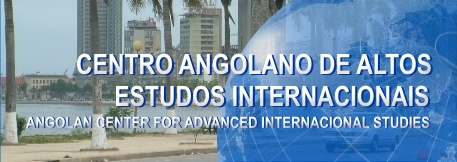![]()
|
|
 |
|
|
|
|
|
|
|
|
|
|
THE PROVINCE OF CUNENE Ondjiva is the capital city of this province situated in the south of Angola, which has a dry tropical climate. The province has six municipalities: Cuanhama, Ombadja, Cuvelai, Curoca, Cahama and Namacunde, the main economic activities being agriculture and cattle rearing. The province of Cunene, was founded on 10th July, 1970. It has a population of 487,687, of Koysan origin, most of the people living in rural communities. Surfafe of the province is 87.342Km2 divided into four tribes: Koysan - A peaceful people, the Koysan are nomads who feed on game and wild fruits. They live in huts made from the bark of trees. They are short and have yellowish skin. Ovambos: This tribe is divided into three ethnic groups: Kwanyamas, Cuamatos and Evales. They live in communities on farms, rearing cattle and growing the crops they eal. Almost ali their rites are connected to cattle. They have a circumcision ceremony and live in a matriarchal society, the nephew having more authority than the sono The ovambo are totemists, beiliving that the origin of life is in animals. Nyanekas Humbes - These are great cattle breeders who practise subsistence agriculture. Their schooting is based upon experience of life. Both sexes are circumcised and leam how to hunt, traditional medicine, receive sexual education and are taught how to cook the local traditional dishes. Hereros - The Hereros are composed by two peoples, the Macavores and the Mutuas. The Mutuas are poor nomads, being 100% dependent on the work they do for the Macavores, who are excellent cattle breeders. The mainstay of their diet is beef and milk. They live in caravans and they are also nomads.
The climate is semi-d1y and the geographical make-up of the province is characterized by forests, savannah and steppes, the coldest month being July (17"C) and the warmest, October (26'C).
|
|
Ruacana Dam
Main
tourist attractions The directors of the complex are trying to expand, due to the high number of visitors who come either to study or for leisure. In the future it is hoped that the complex will accommodate national and international conferences given its comfortable facilities and excellent weather conditions. King Mandume fought the Portuguese military powers in defence of his territory in the first decade of the 20th Century. He died on 6th February, 1917 in the village of Oihole, in the municipality of Namacunde.
|
|
|